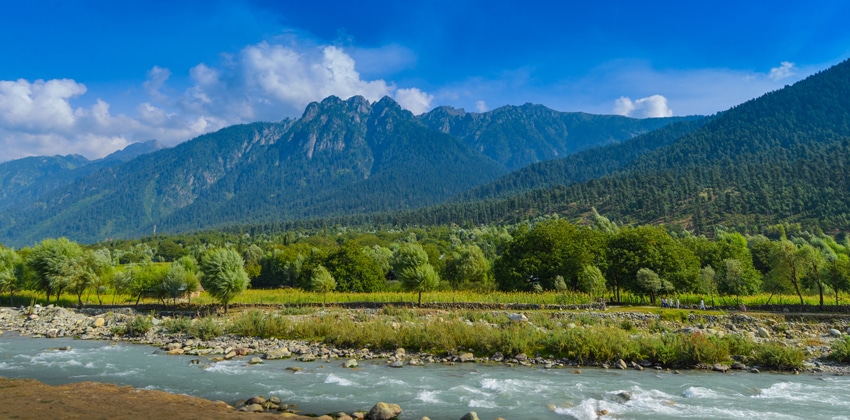It is so much fun to teach yoga in India and to see people getting excited about reclaiming their physical health and creating a positive connection to their body, their strength and wellness. It is fun to teach Western yogis about the subtler aspects of yoga, the transformation possible through the breath and the greater awareness and sensitivity we can attain through creating a regular meditation practice.
There are so many types of yoga. Ultimately it is not the type that matters so much as the underlying intention. Is our practice and approach pointing us to connection, greater awareness and peace?
A holistic approach is one that incorporates mind, body and spirit, and speaks to the unity of all life. The deeper practices invite us to recognize the degree to which we are all connected. Every thought, action and word impacts the whole.
The physical body is in many senses pretty straight forward, we are tight in some areas and loose in others, we have injuries to attend to and postural habits to undo over time. We practice asana in a way that helps to release tension and trauma out of our muscles and tissues. We learn to be in right relationship to gravity and discover ways to stand and sit with ease.
The energetic and mental practices require deeper understanding and focus. Specific pranayama (breath) techniques can be used to awaken our vital energy and move through emotional blocks. We learn that we can change our consciousness through the breath, and calm the fluctuations of the mind. When pranayama practices are introduced we start the steady progress of moving from the darkness of our ignorance and conditioned responses into greater awareness of ourselves, and our journey. This is a vital step toward the journey of self-realization.
The mind is the last hurdle. It generally leads us around from whim to whim as we seek pleasure and avoid pain, lament and complain, judge, analyze, focus and fantasize! In the words of Yogi Bhajan, we are either a slave to the mind, or the mind serves our Soul.
The great challenge is that we identify with what the mind has fixed upon, as if the object of the mind’s attention is in some way related to our True Identity. Mostly we don’t even understand that we have a relationship with our mind. It is through meditation that we learn to identify our Self as the ‘witness,’ to observe our thoughts rather than identify with them.
The response-ability it takes to rein in our wandering mind, to release self-doubt, judgment and negativity takes an Olympian effort on our part. It requires a commitment to keep coming back to a full awareness of the present moment, to let go of what disturbs us. We learn to treat joys and challenges equally as necessary counterparts for growth, and to let go of attachment to the outcome of our efforts. Most importantly this present moment awareness helps us to maintain right relationship with the forces of nature. Rather than imposing our personal will, we enter into a co-creation marked by originality and spontaneity.
The mark of an advanced yogi is not an acrobatic Cirque du Soleil feat, but a human being who has developed the capacity to show kindness and compassion to all, who lives in service to others and radiates peace and joy. I have had the great pleasure of being in the company of some living masters whilst in India. Being in their presence one simply feels better, like an unconscious weight is lifted. Inspiration dawns and one feels the possibility that exists for us all to live in a state of inner freedom.
The more clearly we perceive reality the more we can create peace, not just inner peace, but also peace in the world. Meditation results in a state of freedom so profound that one’s very presence causes peace in his or her total environment.



